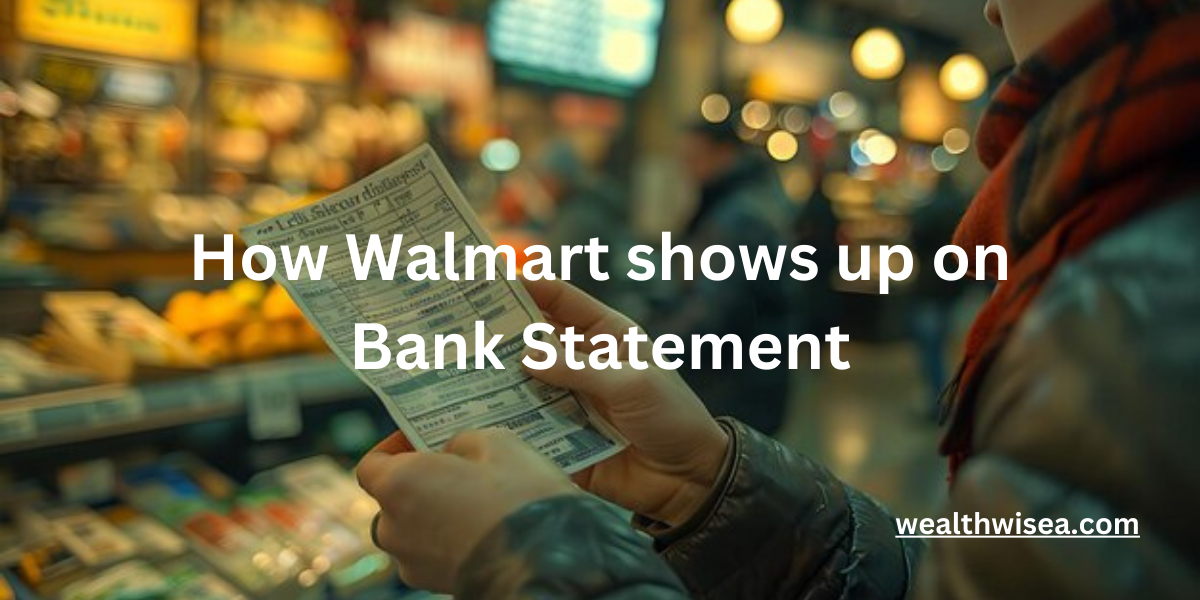What is Google Miniclip on Bank Statement?

When you check your bank statement and see a charge labeled “Google Miniclip,” it’s natural to wonder what it is and why it’s appearing on your account. Whether you’re unfamiliar with the charge or just need some clarification, you’re not alone in trying to understand this common payment description. In this article, we’ll break down what Google Miniclip is, why it appears on your bank statement, and what steps you can take if you don’t recognize the charge.

What is Google Miniclip?
Google Miniclip refers to payments made for services or purchases related to Miniclip, an online gaming company known for its free-to-play games like 8 Ball Pool, Agar.io, and Soccer Stars. Miniclip offers in-app purchases, virtual currency, and subscription options in many of its games, and these charges are processed through Google Play, Google’s official app marketplace.
If you’ve ever bought a premium feature, virtual currency, or a subscription in a Miniclip game through your Google Play account, you might notice “Google Miniclip” appear on your bank statement as the transaction label. Essentially, Google handles the payments, and Miniclip is the merchant or service provider.
Why Does Google Miniclip Appear on Your Bank Statement?
There are several reasons why the label “Google Miniclip” might appear on your bank statement. Let’s go over the common scenarios:
1. In-App Purchases
Miniclip games often offer in-app purchases, such as virtual currency, new levels, power-ups, or cosmetic items. When you make any of these purchases in a Miniclip game like 8 Ball Pool, the transaction is processed via Google Play and shows up on your bank statement under the name “Google Miniclip.”
2. Subscriptions
Some Miniclip games offer subscription models for additional content or features. For instance, subscribing to a premium version of a game could unlock exclusive perks like no ads, extra lives, or early access to new features. These subscription payments are also processed through Google Play, which may cause the “Google Miniclip” charge to show up on your bank statement.
3. Google Play Services
Miniclip apps are available on Google Play, so any purchases made via Google Play, whether for games, apps, or subscriptions, will show as Google Miniclip on your bank statement. Even if you didn’t make the purchase directly in a Miniclip game, it could still appear under this name if you downloaded or subscribed to something via the Google Play Store.
How to Check and Verify Google Miniclip Charges
If you see a Google Miniclip charge on your bank statement and don’t remember making the purchase, here are the steps you can take to verify the charge:
1. Check Your Google Play Purchase History
Google Play provides a detailed history of all transactions made through the platform, whether for apps, games, or in-game purchases. To check your purchase history:
- On Your Android Device: Open the Google Play Store app, tap the menu (three horizontal lines), and go to Payments & Subscriptions. Tap Budget & History to view all your purchases.
- On the Web: Visit the Google Play website and sign in with your Google account. Under Order History, you’ll see a list of all purchases made through Google Play.
Look through your history for any Miniclip-related purchases or subscriptions. If you see a charge you don’t remember, it could be an accidental purchase, or maybe a family member or friend made it.
2. Check for Recurring Subscriptions
If you’ve subscribed to any Miniclip game or service, check your subscriptions list to see if there are any active recurring charges. Google Play allows you to manage all of your subscriptions in one place, so you can cancel or change them as needed.
To view or cancel subscriptions:
- Open the Google Play Store app, tap menu (three lines), and select Subscriptions.
- From here, you can see all active subscriptions and make any changes to your preferences.
What to Do If You Don’t Recognize the Google Miniclip Charge
If you’ve checked your purchase history and don’t recognize the charge, there are a few steps you can take to resolve the issue:
1. Request a Refund
Google Play allows users to request refunds for purchases that were made accidentally or for content that didn’t meet expectations. If you believe a charge for Google Miniclip was made in error, you can request a refund directly from Google.
To request a refund:
- Visit the Google Play Help Center or use the Google Play Store app to report an issue with your purchase. Google generally provides refunds for purchases within a 48-hour window, but exceptions may apply.
2. Contact Google Support
If you’re unsure about the charge or if you suspect fraud, you can contact Google Play Support directly. They can help clarify the charge and assist in resolving any issues related to your account.
How to Avoid Unexpected Charges from Google Miniclip
To prevent accidental or unwanted Google Miniclip charges in the future, here are a few tips to manage your account and spending:
1. Set Up Purchase Authentication
Enable a payment authentication feature on your Google Play account to avoid unauthorized charges. Google Play lets you require authentication for every purchase, which can prevent accidental or unauthorized transactions.
2. Turn Off In-App Purchases for Kids
If your device is shared with children, you may want to disable in-app purchases to prevent them from making unapproved transactions in games like Miniclip’s. This can be done in the Google Play settings under Parental Controls.
3. Review Your Subscriptions Regularly
Check your active subscriptions on a monthly basis to ensure you’re only paying for services you actually use. You can view and manage all your subscriptions from the Google Play Store app or website.
What Else Could Show Up on Your Bank Statement?
If you’re seeing unfamiliar charges on your bank statement, it’s worth checking out other common charge descriptions that people often encounter. For example, charges like CSC ServiceWorks or WU VISA/AAFT can also appear on your bank statement, and they might cause confusion.
For more information on these types of charges, take a look at our guides on:
These guides can help you identify and understand various charges that may appear on your bank statement, offering you peace of mind.
Conclusion
In conclusion, Google Miniclip on your bank statement is likely related to a payment made for a Miniclip game or subscription through Google Play. If you don’t recognize the charge, checking your Google Play purchase history or subscription settings can help you identify the source. By following the steps above, you can manage your spending, prevent accidental charges, and maintain control over your finances.
FAQs:
1. What is Google Miniclip on my bank statement?
Google Miniclip refers to charges for purchases or subscriptions related to Miniclip games (like 8 Ball Pool, Agar.io, etc.) that are processed through Google Play. If you made any in-app purchases, subscriptions, or game-related transactions on Miniclip apps via Google Play, it will appear as “Google Miniclip” on your bank statement.
2. Why did I get charged by Google Miniclip?
You were likely charged for something purchased within a Miniclip game. This could include in-app purchases such as virtual currency, special game items, or a subscription to a premium version of a game. The payment is processed through Google Play, hence the charge appearing as “Google Miniclip.”
3. How can I check what I bought from Google Miniclip?
You can check your purchase history on Google Play to identify the exact transactions.
- On Android: Open the Google Play Store app > tap the menu icon > go to Payments & Subscriptions > select Budget & History to see your transactions.
- On the web: Visit the Google Play website and log in to your account to view your purchase history.
4. What if I don’t remember making a purchase through Google Miniclip?
If you don’t recognize the charge, you should first review your Google Play purchase history. If you find no record of the transaction, you can request a refund from Google Play within 48 hours of purchase. If the charge is still unclear, contact Google Play support for assistance.
5. Can I get a refund for Google Miniclip charges?
Yes, Google Play offers a refund system for purchases made in error or for unwanted content. To request a refund, visit the Google Play Help Center or use the Google Play Store app to report an issue with your transaction. Google typically processes refunds within 48 hours, but the window may be extended depending on the circumstances.
6. How can I prevent accidental charges from Google Miniclip in the future?
To avoid accidental purchases, you can:
- Set up purchase authentication on your Google Play account to require a password or fingerprint for transactions.
- Turn off in-app purchases or use parental controls if you share your device with children.
- Regularly review your subscriptions and cancel any services you no longer use.
7. What if I’m seeing other confusing charges on my bank statement?
If you encounter other unclear charges on your bank statement, such as CSC ServiceWorks or WU VISA/AAFT, they could be from other services or merchants. For more details on these charges, check out our articles on What is CSC ServiceWorks on a Bank Statement? and What is WU VISA/AAFT on a Bank Statement?.
8. Can I cancel my Google Miniclip subscription?
Yes, you can cancel your subscription directly through Google Play. To do so, open the Google Play Store app, tap menu > Subscriptions, and select the Miniclip subscription you wish to cancel.
9. How do I know if my Google Miniclip charge is legitimate?
Legitimate charges will show up as Google Miniclip if made through your Google Play account. If you suspect a fraudulent charge, review your purchase history and report any unauthorized transactions to Google Play support immediately.
10. Is Google Miniclip charge the same as Google Play Store purchases?
While Google Miniclip charges are processed through Google Play, they are specific to Miniclip’s gaming apps and related services. Google Play Store purchases in general can cover a wide range of apps, games, and content beyond Miniclip.




